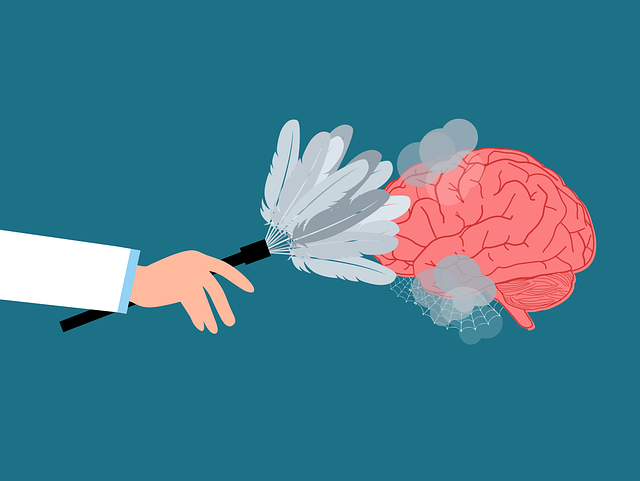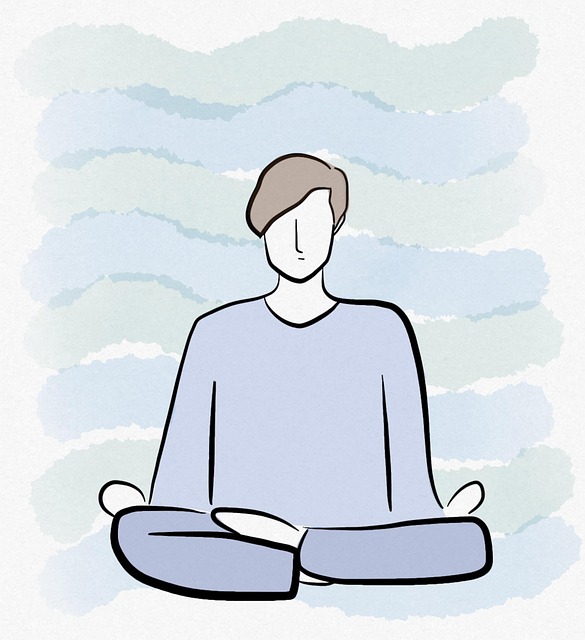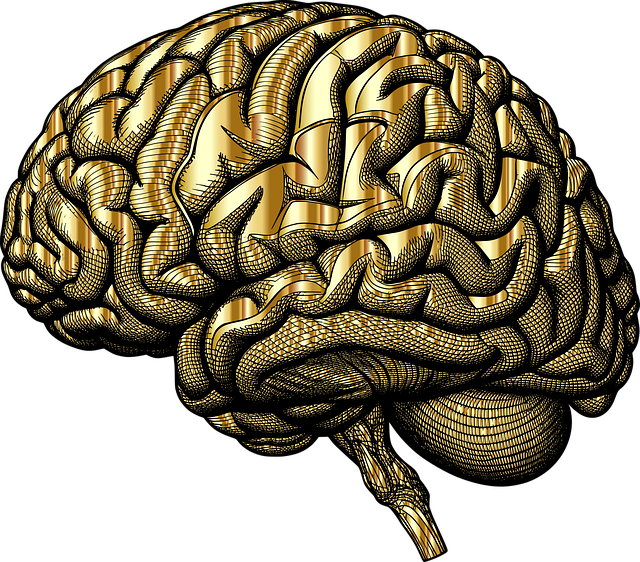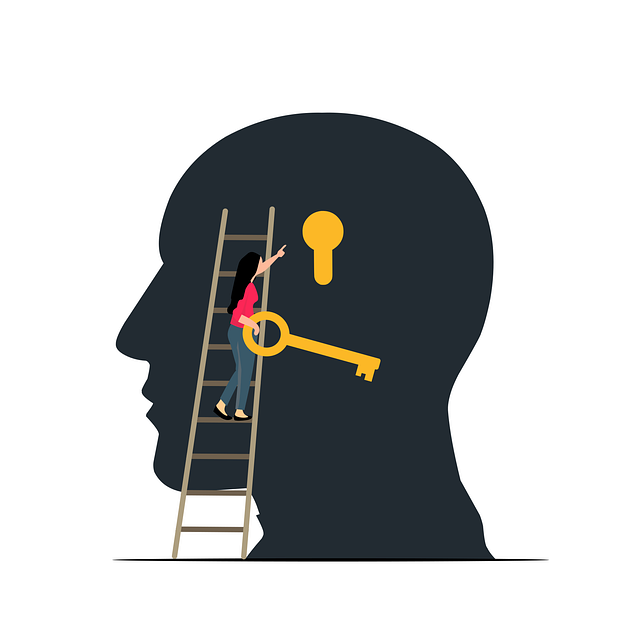Golden Pain Management Therapy (GPMT) is a therapeutic approach that helps individuals overcome intense emotional pain by focusing on 'golden' moments—distressing experiences. Using practices like Resilience, Flexibility, and Mindfulness (RFM), GPMT fosters coping skills, triggers understanding, and mental fortitude to manage acute and chronic pain, including anxiety relief and crisis intervention. This method enhances resilience and well-being, with recognized success in stress management, burnout prevention, and employee productivity improvements within high-pressure industries.
“Unleash your inner strength with Golden Pain Management Therapy (GPMT), a revolutionary approach to resilience building. This comprehensive guide explores how GPMT, coupled with Resilience-Focused Mobility (RFM) exercises, can transform pain management. Learn a step-by-step process to integrate RFM into your routine, empowering you to overcome challenges and enhance overall well-being. Discover real-world success stories and understand the profound impact of these techniques on managing and preventing pain. Dive into this insightful article for a complete overview of GPMT and its transformative power.”
- Understanding Golden Pain Management Therapy: A Comprehensive Overview
- Implementing RFM and Resilience-Building Exercises: Step-by-Step Guide
- Real-World Applications and Success Stories: Measuring the Impact of RFM
Understanding Golden Pain Management Therapy: A Comprehensive Overview

Golden Pain Management Therapy (GPMT) is a therapeutic approach designed to help individuals navigate and overcome intense emotional pain. It focuses on identifying and processing ‘golden’ moments—specific instances when an individual experiences profound distress or ‘pain’ in their life—to foster resilience and coping skills development. By delving into these moments, GPMT aims to provide insights into managing and reducing the impact of both acute and chronic pain, including anxiety relief and crisis intervention guidance.
This therapy encourages individuals to explore their emotional responses during these challenging periods, helping them develop effective strategies for future pain management. Through this process, individuals gain a deeper understanding of their triggers, learn to regulate their emotions, and build mental fortitude. The ultimate goal is to empower people with the tools needed to cope with difficult situations, ensuring they can navigate life’s challenges with enhanced resilience and emotional well-being.
Implementing RFM and Resilience-Building Exercises: Step-by-Step Guide

Implementing RFM (Resilience, Flexibility, and Mindfulness) along with resilience-building exercises can significantly enhance an individual’s ability to navigate life’s challenges. Here’s a step-by-step guide to help you integrate these practices effectively.
1. Educate Yourself and Others: Start by understanding the fundamentals of RFM and its various components. This includes mindfulness techniques, stress management strategies, and flexible thinking exercises. Share this knowledge with your community or workplace through informational sessions or workshops to foster a culture of resilience.
2. Set Clear Goals: Define specific goals for implementing RFM. Are you aiming to reduce stress levels? Improve emotional regulation? Enhance social skills? Setting clear goals will help tailor the exercises and measure progress over time. Remember, these goals should be SMART (Specific, Measurable, Achievable, Relevant, Time-bound).
3. Integrate Exercises into Daily Life: Incorporate RFM practices into daily routines. This could mean starting the day with a brief mindfulness meditation, practicing deep breathing during stressful situations, or engaging in activities that promote flexible thinking like puzzle games or creative writing. Consistency is key; aim for regular sessions to cultivate lasting resilience.
4. Promote Social Skills Training and Self-Care Practices: Encourage group activities focused on social skills training to build connections and reduce feelings of isolation. Additionally, emphasize the importance of self-care practices such as regular exercise, adequate sleep, and healthy eating habits, which are crucial for maintaining mental well-being.
5. Address Mental Illness Stigma Reduction Efforts: Use RFM exercises to create a supportive environment where mental health is openly discussed. Share stories of resilience and recovery, normalizing conversations about mental illness. This can help reduce the stigma associated with seeking support, leading to better access to care for those struggling with mental health issues.
6. Monitor Progress and Adjust: Regularly assess the impact of RFM exercises on your (or your clients’) well-being. Keep a journal to track changes in mood, stress levels, and overall resilience. Be open to adjusting the approach based on what works best for individual needs. This iterative process ensures continuous growth and development.
Real-World Applications and Success Stories: Measuring the Impact of RFM

The effectiveness of RFM (Resilience, Flexibility, and Mindfulness) in real-world applications has been a growing area of interest, with numerous success stories emerging across various sectors. This therapeutic approach, often championed by Golden Pain Management Therapy, has proven to be a game-changer in managing stress and preventing burnout, two critical aspects of Mental Health Awareness. Organizations are increasingly adopting RFM as a means to enhance employee well-being and overall productivity.
For instance, businesses in high-pressure environments like healthcare and finance have witnessed significant improvements in staff morale and performance after implementing RFM exercises. These practices not only reduce stress but also foster a sense of resilience, enabling individuals to navigate challenging situations with greater ease. The success stories highlight how RFM can be tailored to meet specific needs, making it a versatile tool for Burnout Prevention.
The implementation of RFM (Resilience, Flexibility, and Mastery) and resilience-building exercises, as outlined in this article, offers a powerful approach to managing pain and enhancing overall well-being. By combining the comprehensive insights from Golden Pain Management Therapy with practical step-by-step guides, individuals can navigate their pain journey with increased resilience. Real-world success stories demonstrate the significant impact of these strategies, highlighting the potential for improved quality of life. Embracing RFM and its associated exercises can be a transformative game-changer in managing chronic pain and fostering personal growth.














